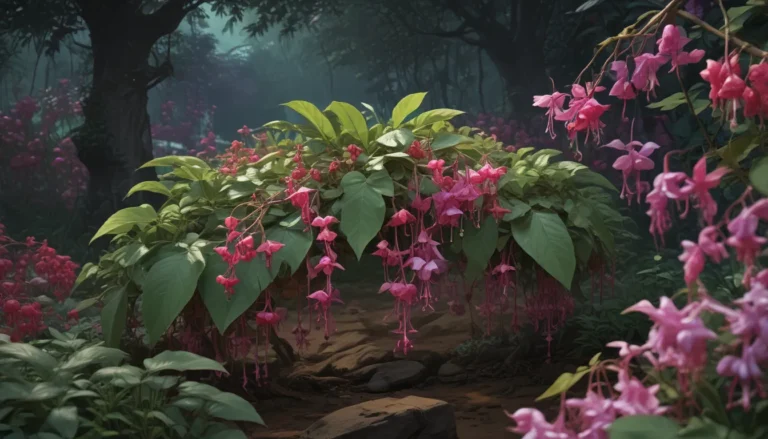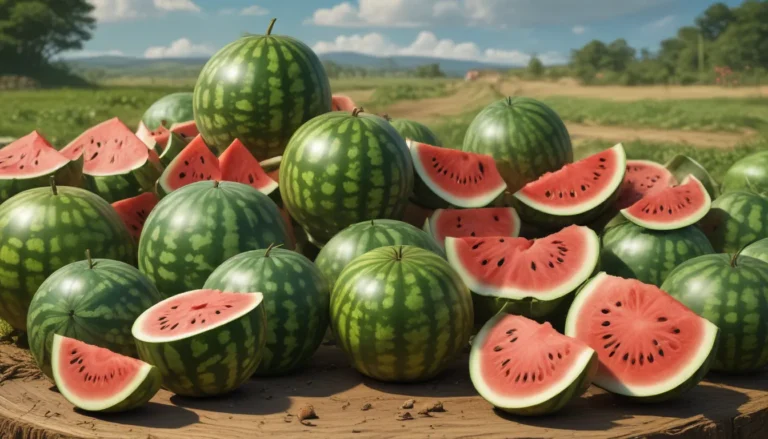Everything You Need to Know About Growing and Caring for Buttonbush

If you love plants that catch your eye and make you stop in your tracks, then buttonbush is the one for you. Its unique appearance sets it apart from other shrubs, with rounded habit, lush green leaves, and striking white, fragrant flowers that resemble a pincushion or a ping-pong ball.
After the eye-catching blooms fade, colorful ball-like fruits appear, giving you yet another visual treat. Are you ready to grow these shrubs in your own garden? Let’s dive into this comprehensive growing guide to help you get started.
What Is Buttonbush?
Buttonbush, also known as honey bells, button willows, and globe flowers, is a woody deciduous shrub from the Rubiaceae family. Hardy in USDA Zones 4 to 11, this plant is native to North America, where it thrives in moist, lowland areas. With a rounded, open growth habit, buttonbush can reach heights and spreads of three to 15 feet. Its green leaves appear in late spring, followed by unique globe-shaped white flowers and colorful fruits in summer and fall.
Cultivation and History
Beyond its visual appeal, buttonbush has a long history of medicinal and ecological uses. Native Americans used the bark and roots to treat various ailments, while the plant’s growth tendencies make it useful for erosion control and wildlife habitat. Conservationists recognize the importance of buttonbush in its natural ecosystem and aim to preserve its presence.
Buttonbush Propagation
There are several methods for propagating buttonbush, including sowing seeds, rooting cuttings, or transplanting. From seeds to seedlings, each approach offers a way to grow this unique shrub in your garden. Experiment with different propagation methods to find the one that works best for you.
How to Grow Buttonbush Shrubs
To ensure your buttonbush thrives and produces fabulous flowers and fruits, proper cultivation is key. Consider factors such as climate, exposure, soil, water, and fertilizer needs to provide the optimal growing conditions for your plant. Don’t forget to follow these growing tips to help your buttonbush reach its full potential.
Pruning and Maintenance
Regular pruning is essential to keep your buttonbush healthy and attractive. Remove damaged, diseased, or dead tissues promptly, and shape the shrub as needed in the spring. Use sharp, sterile tools, and avoid removing more than a third of the plant at once. Mulching around the plant can help retain moisture and promote healthy growth.
Buttonbush Cultivars to Select
If you’re looking for a unique twist on the classic buttonbush, consider planting cultivars such as “Bailoptics”, “Bieberich”, or “Sugar Shack”. These varieties offer different features, colors, and sizes that can add interest to your garden. Explore these cultivars to find the perfect one for your landscape.
Managing Pests and Disease
Luckily, buttonbush is relatively resistant to pests and diseases. Proper cultivation and maintenance practices can help prevent issues. However, be on the lookout for deer and drought, which can affect your plant’s health. Use repellents and watering techniques to protect your buttonbush from these potential threats.
Buttonbush Best Uses
Buttonbush is not only visually appealing but also offers several benefits in the garden. It attracts wildlife, controls erosion, and adds interest to shrub borders, native gardens, and water features. Consider planting buttonbush near water edges or in containers to maximize its impact in your landscape.
Quick Reference Growing Guide
- Plant Type: Woody deciduous shrub
- Flower/Foliage Color: White/green
- Native to: North America
- Hardiness (USDA Zones): 4-11
- Maintenance: Low
- Bloom Time: Summer
- Exposure: Full sun, part shade
- Soil Type: Moist to wet, fertile
- Water Needs: Moderate
- Attracts: Bees, birds, butterflies, moths, other insect pollinators
Cute as a Button
Buttonbush is a fascinating plant that offers beauty, ecological benefits, and visual interest in the garden. By following these tips and guidelines, you can successfully grow and care for buttonbush in your landscape. Explore different cultivars, propagation methods, and maintenance techniques to make the most of this unique shrub in your garden. Share your experiences, questions, and button idioms in the comments below.
If you’re interested in other woody shrubs for your garden, check out guides on Spirea Bushes, Firebush, and Shrimp Plants. Happy gardening!





